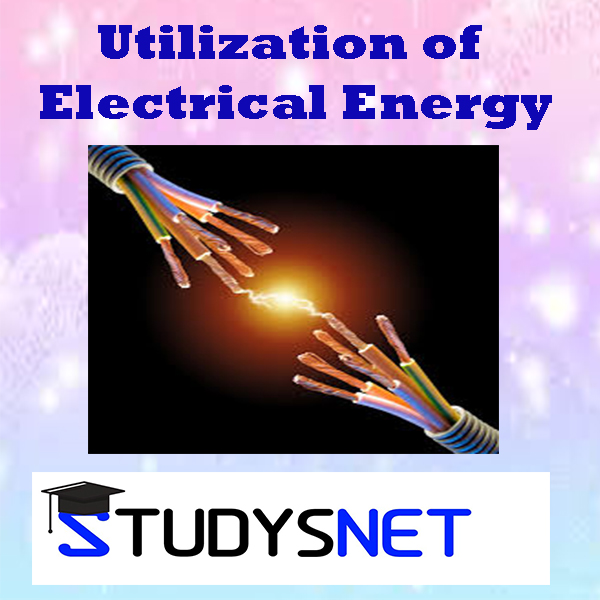Utilization of Electrical Energy free videos and free material uploaded by Ramanjaneyulu K .
Preamble:
This course primarily deals with utilization of electrical energy generated from various sources. It is important to understand the technical reasons behind selection of motors for electric drives based on the characteristics of loads. Electric heating, welding and illumination are some important loads in the industry in addition to motor/drives. Another major share of loads is taken by Electric Traction. Utilization of electrical energy in all the above loads is discussed in detail in this course. Demand side management concepts are also introduced as a part of this course.
Learning objectives:
<!--[if !supportLists]-->· To understand the operating principles and characteristics of traction motors with respect to speed, temperature,loading conditions.
<!--[if !supportLists]-->·To acquaint with the different types of heating and welding techniques.
<!--[if !supportLists]-->·To study the basic principles of illumination and its measurement.
<!--[if !supportLists]-->·To understand different types of lightning system including design.
<!--[if !supportLists]-->·To understand the basic principle of electric traction including speed–time curves of different traction services.
<!--[if !supportLists]-->· To understand the method of calculation of various traction system for braking, acceleration and other related parameters, including demand side management of energy.
UNIT – I:
Selection of Motors: Choice of motor, type of electric drives, starting and running characteristics–Speed control– Temperature rise–Applications of electric drives–Types of industrial loads–continuous– Intermittent and variable loads–Load equalization.
UNIT – II:
Electric Heating: Advantages and methods of electric heating–Resistance heating induction heating and dielectric heating – Arc furnaces – Direct and indirect arc furnaces
Electric Welding: Electric welding–Resistance and arc welding–Electric welding equipment–Comparison between AC and DC Welding
UNIT – III:
Illumination fundamentals: Introduction, terms used in illumination–Laws of illumination–Polar curves–Integrating sphere–Lux meter–Discharge lamps, MV and SV lamps – Lumen or flux method of calculation - Sources of light.
UNIT – IV:
Various Illumination Methods: Comparison between tungsten filament lamps and fluorescent tubes–Basic principles of light control– Types and design of lighting and flood lighting–LED lighting, principle of operation, street lighting and domestic lighting – Conservation of energy.
UNIT – V:
Electric Traction – I: System of electric traction and track electrification– Review of existing electric traction systems in India– Special features of traction motor– Mechanics of train movement–Speed– time curves for different services – Trapezoidal and quadrilateral speed time curves-High speed transportation trains.
UNIT – VI:
Electric Traction – II: Calculations of tractive effort– power –Specific energy consumption for given run–Effect of varying acceleration and braking retardation–Adhesive weight and braking, retardation adhesive weight and coefficient of adhesion–Principles of energy efficient motors-Modern traction motors.
Learning Outcomes:
<!--[if !supportLists]-->· Able to identify a suitable motor for electric drives and industrial applications
<!--[if !supportLists]-->· Able to identify most appropriate heating or welding techniques for suitable applications.
<!--[if !supportLists]-->· Able to understand various level of illuminosity produced by different illuminating sources.
<!--[if !supportLists]-->· Able to estimate the illumination levels produced by various sources and recommend the most efficient illuminating sources and should be able to design different lighting systems by taking inputs and constraints in view.
<!--[if !supportLists]-->· Able to determine the speed/time characteristics of different types of traction motors.
<!--[if !supportLists]-->· Able to estimate energy consumption levels at various modes of operation.
- Unit-1 Utilization of Electrical Energy lecture notes
- Unit-2 Utilization of Electrical Energy lecture notes
- Unit-3 Utilization of Electrical Energy lecture notes
- Unit-4 Utilization of Electrical Energy lecture notes
- Unit-6 Utilization of Electrical Energy lecture notes

- 0 Reviews
- 23 Students
- 73 Courses

Write a public review